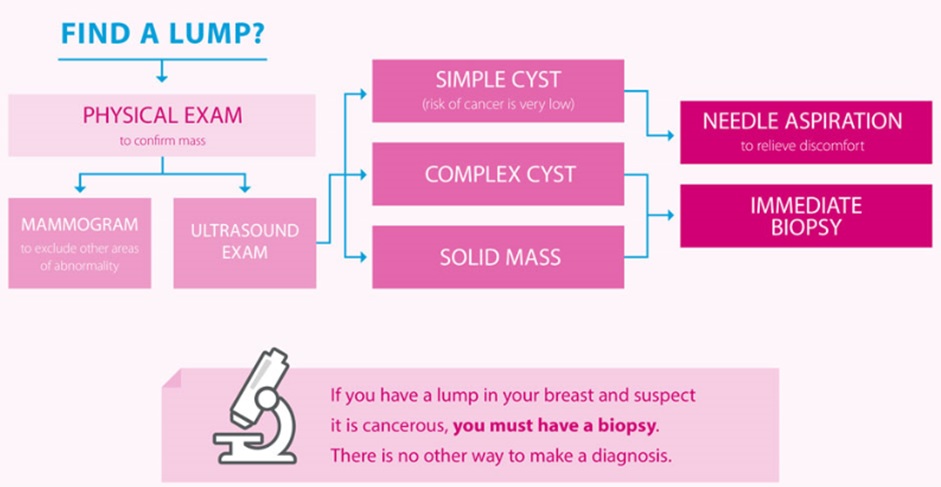This post is part of a sponsored campaign with CTCA and MomSelect. All thoughts and opinions are my own.
Almost all of us in one way or another has encountered, known or grieved with or for someone who has battled with cancer. Too sad, most of these battles were lost only if it was detected earlier. As the old saying goes, “Prevention is better than cure” because in most cases, a substantial proportion of cancers could have been prevented. In 2015, there is an estimated 1.7 million new cancer cases diagnosed. Breast cancer which is the most common cancer in women ranks as the second cause of cancer death in women, that is, after lung cancer. Last year approximately 231,840 women were diagnosed with invasive breast cancer.
I know these figures may be scary for some and for others it may be kind of alarming, or if you’re like me who has some kind of confusion about when to begin getting mammograms, let me assure you…you’re not alone. In the previous years, there has been an ongoing buzz in the medical community over as to when women should start having routine mammograms plus the appropriate screening test.

According to Dr. David Boyd, Director of Wellness, Prevention and Primary Care at Cancer Treatment Centers of America (CTCA) at Western Regional Medical Center, “There are a number of factors that go into deciding when a woman should start screening for breast cancer, including family history and current lifestyle choices. However, it is critical that these conversations start happening so that women can be armed with the information they need to live a healthy lifestyle that may prevent cancer or take steps that might catch it in an early stage.”

Below are the types of screening tests which includes information as to how each is done and the timing when to choose the right one. It is highly critical to understand and foretell which can be applicable to you.
- Physical Exam: Speak with your physician. Most would recommend an annual exam.
- Mammogram: Usually done if you fall between the ages of 40-74, it might be sooner based on personal and family history. There’s this highly sensitive imaging tool, 3D mammography which is a new screening and diagnostic breast imaging tool that helps the early detection of breast cancer. It provides much clearer images of individual thin layers of breast tissue as compared to two-dimensional (2D) mammography.
- Needle Aspiration: Which is a common way of obtaining tissue for biopsy if needed, it is also termed as fine needle aspiration
- Biopsy: Uses a wider needle to obtain more tissue. “Tissue is the issue” to make a diagnosis!

According to American Cancer Society, approximately 90 percent of women who are 40 and older who are able to discover and and treat their breast cancer earlier are cancer-free after five years. So if you have any woman in the family–mother, sister or daughter who have or have had breast cancer, your risk is twice as much to develop the disease. If you think that you are at high risk, you should immediately discuss a comprehensive cancer screening plan with your doctor.
Consider the infographic below for more information and relevant data regarding breast cancer.

Fight to Live, Fight Breast Cancer!